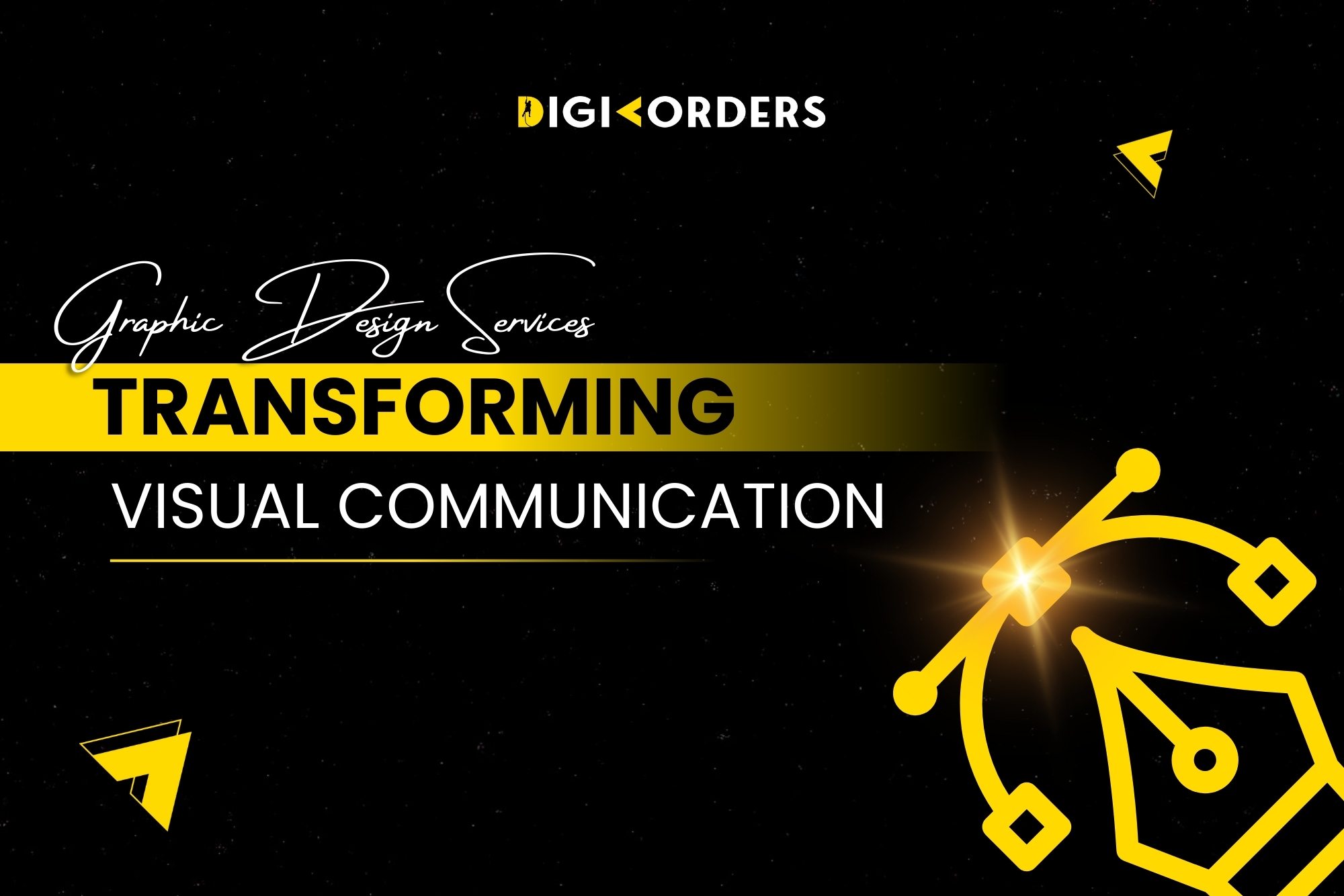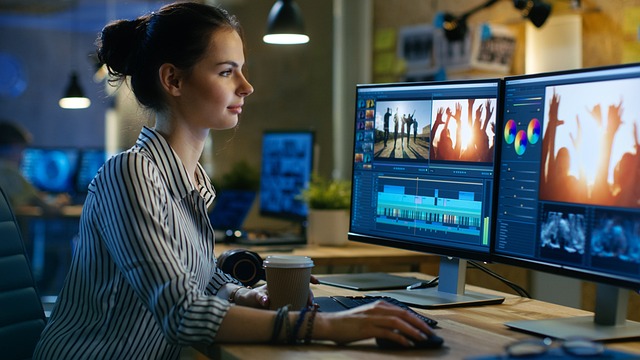This blog post explores the significance of graphic design services, their impact on various aspects of business communication, and the trends shaping the future. In today’s visually driven world, graphic design services play a pivotal role in transforming visual communication for businesses and brands. Effective graphic design is not merely about creating aesthetically pleasing visuals; it’s about crafting messages that resonate with audiences and convey complex information succinctly.
The Importance of Graphic Design Services
Graphic Design: Enhancing Brand Identity
A brand’s identity is created and preserved in large part. In a congested market, a well-designed and consistent visual identity makes a brand stand out. Every component of design, including typography, images, color schemes, and logos, works together to create a unified brand image.
Logos: Graphic Design
A logo is a visual expression of a brand’s values and mission and is the cornerstone of brand identity. A well-designed logo is ageless, adaptable, and distinctive.
Graphic Design: Color schemes
Certain colors elicit certain feelings and memories. A well-chosen color scheme may set a brand apart and affect how customers see it.
Typography:
The readability and tone of visual communication are influenced by fonts and typefaces. Consistent typography strengthens brand recognition.
Improving User Experience: Graphic Design
User experience (UX) is improved by effective graphic design on digital platforms. To keep users interested and stimulate interaction, websites, mobile applications, and other digital interfaces need to be aesthetically pleasing and easy to use.
Layout and Navigation in Graphic Design
An intuitive design and simple navigation enhance the user experience in general. Digital interface organization and accessibility are guaranteed.
Graphic Design: Visual Hierarchy
By directing users’ attention to the most crucial content, effectively using visual hierarchy enhances comprehension and engagement.
Responsive Design:
For designs to be seen by as many people as possible, they must appear well on PCs, cellphones, and other devices.
Communicating Complex Information
It transforms complex information into digestible visual content. Infographics, data visualizations, and illustrations make it easier to understand and retain information, making them invaluable tools in marketing, education, and business communication.
Infographics:
Combine text and visuals to present data and information clearly and concisely. They are particularly effective for sharing statistics, processes, and timelines.
Data Visualization: Graphic Design
Charts, graphs, and maps help interpret and display complex data, making it accessible and engaging for audiences.
Illustrations:
Custom illustrations can simplify abstract concepts and add a unique, creative touch to communication materials.
The Role of Graphic Design in Marketing
Creating Engaging Content
For the purpose of producing attention-grabbing marketing content that motivates action are crucial. Visual material is essential to digital marketing efforts, from email templates to social media visuals.
Social Media Graphics:
On social media sites like Facebook, Twitter, and Instagram, visually appealing content boosts interaction. Posts, tales, and advertisements made by graphic designers are memorable to their intended audiences.
Email marketing:
Email templates with a professional design increase open and click-through rates. Images, buttons, and banners are examples of visual components that increase the efficacy of emails.
Advertisements:
Strong ad design, whether digital or print, draws in prospective clients and promotes conversions. Ads that are visually appealing and consistent with brand messaging are made possible by graphic designers.
Building Trust and Credibility
Superior graphic design adds legitimacy and professionalism to a brand. Brands that present themselves consistently and professionally have a higher chance of gaining the confidence and engagement of consumers.
Consistency:
Keeping all marketing materials designed in the same way fosters recognition and confidence. Brand identity is strengthened by the consistent use of typefaces, colors, and graphics.
Quality:
Brands that prioritize quality and attention to detail are shown in their use of high-resolution photographs, tidy layouts, and expertly designed pieces.
Authenticity:
Design that is true to a company’s core principles and goals connects with consumers on a deeper level and encourages brand loyalty.
Trends Shaping the Future of Graphic Design
Minimalist Design
It continues to see a lot of popularity with minimalism. Minimalist design removes extraneous aspects by emphasizing usefulness and simplicity, producing clear, uncomplicated graphics that efficiently communicate.
Clean Lines:
Straightforward, uncomplicated shapes and lines.
Limited Color Palettes:
Use of a small number of complementary colors in limited color palettes.
Whitespace:
Make liberal use of whitespace to establish harmony and concentration.
Motion Graphics
Static pictures are given life by the combination of animation and graphic design in motion graphics. They are being utilized more and more in web design, social media, and digital marketing to draw viewers in and provide content in an engaging way.
Social media:
Quick, captivating video content for articles and tales.
Web Design:
Animated components that improve user experience are part of web design.
Advertising:
Attention-grabbing, dynamic adverts that increase interaction.
Custom Illustrations
Personalized and distinctive touches are added to visual communication through custom graphics. They provide relatable, memorable content and set brands apart from rivals.
Uniqueness:
Personalized artwork distinguishes a brand from generic and stock photos.
Storytelling:
Illustrations effectively communicate stories and feelings.
Versatility:
Adaptable to a range of media platforms, such as print, social media, and websites.
Augmented Reality (AR) and Virtual Reality (VR)
New opportunities in graphic design are being presented by AR and VR technology. Produce immersive experiences that creatively engage viewers. Virtual events, interactive ads, and product demonstrations are where these technologies really shine.
AR Filters: Graphic Design
Custom AR filters are available for use on social media networks.
Graphic Design: Virtual Showrooms
Immersion VR environments for product discovery are known as virtual showrooms.
Interactive experiences: Graphic Design
Are interesting and dynamic material that makes users more involved.
Conclusion
For brands and businesses, graphic design services are revolutionary in improving visual communication. Graphic design is essential to contemporary marketing tactics because it can effectively communicate complicated information, establish brand identity, and improve user experience with DigiCorders. Businesses that take advantage of these developments will be in a good position to draw customers in, establish credibility, and encourage interaction as trends like motion graphics, custom illustrations, minimalist design, and AR/VR continue to develop. Purchasing expert design services is a calculated decision that will boost your brand’s visibility and optimize its impact in a world where images are everything. It’s not just about taste.





